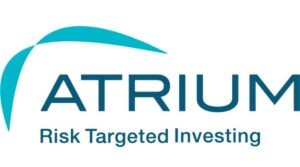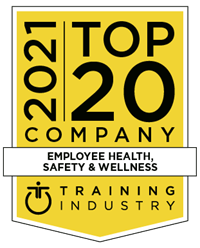Protecht Operational Resilience
Product Description
This course is aimed at risk practitioners and business managers who are responsible for building operational resilience in their organisation.
It breaks down what it means to be operationally resilient, and lays out practical steps you can take to understand business operations in order to pursue resilience strategies, and test your organizations capability to remain resilient under operational disruption and stress.
Who should do this training?
The course leverages the extensive guidance issued to date by financial services regulators around the globe (including the FCA, PRA, Basel, ECB, Fed and APRA) – however it takes a principles and outcome based approach, and can be applied to any sector or region. This guidance is used as a base for introducing a comprehensive, practical and efficient resilience methodology which leverages from, and integrates with, your existing ERM framework, including BCP, Recovery and Contingency Plans, Stress Testing and Capital Management capabilities.
Course Outline
Course Overview
1. Defining Operational Resilience
- What is operational resilience?
- Characteristics of operational resilience
- Operational resilience terminology
2. The Drivers of Operational Resilience
- The key drivers of operational resilience
- Global regulatory overview
- Resilience standards overview
- The difference between organizational resilience and operational resilience
3. What Disruptions are we Managing?
- Disruptive events
- The concept of severe but plausible
- Gray rhinos and black swans
4. An Operational Resilience Framework
- The steps in an operational resilience framework
- An example walkthrough of the key steps
5. Identifying Stakeholders and Objectives
- Identifying your stakeholders
- Understanding and articulating your stakeholders objectives
- Which stakeholders to consider as part of your operational resilience framework
6. Identifying Critical Operations
- Defining critical operations
- Understanding end to end value for your stakeholders
- Data sources and guidance on identifying and classifying critical operations
7. Setting Tolerance Levels
- The different types of tolerance levels
- Sources of data you can use to determine tolerance levels
- Determining material adverse impact
- The alignment between tolerance levels and risk appetite
- Practical steps in setting tolerance levels
- Documenting tolerance levels
8. Mapping Your Critical Operations
- The importance of understanding and mapping your critical operations
- Identifying resources and processes that support your critical operations
- Types of resources
- The level of granularity needed
9. Assessing Health of Resources
- The definition of health and vulnerability
- Using existing risk processes to manage and monitor health
10. Scenario Scoping and Testing
- The purpose of exercising scenarios
- Types of scenarios and exercises
- Linking scenarios to resources
- Developing your scenarios
- The relationship between operational resilience and business continuity
- Exercising scenarios
11. Issues and Actions Management
- Identifying learning opportunities through operational resilience processes
- Types of treatments that apply to operational resilience
- Determining, recording and actioning issues and actions
12. Reporting on Operational Resilience
- The purpose of reporting
- The types of reporting to consider and what to report on
- Audiences for operational resilience reporting
13. Integrating Operational Resilience and Enterprise Risk Management
- How operational resilience processes align with the ISO 31000 standard on risk management
- How operational resilience integrates into an Enterprise Risk Management Framework
- How operational resilience integrates with common risk processes
14. Roles and Responsibilities
- Governance of operational resilience and the 3 Lines Model
- Roles and responsibilities to consider in operational resilience
15. When is Operational Resilience Performed?
- A roadmap to develop operational resilience capability
- The cadence of ongoing operational resilience activities
- Integration into risk in change activities
- Operational resilience by design
Course Expectations
- Watch 16 videos
- Answer 10 quiz questions
- Access 11 downloadable materials
Time
- 3 hours of video content
- Approximately 4 hours for the whole course
Cost
$858.00 inclusive of GST payable by credit card on registration. For purchases for more than 10 people please use the contact form or call 1800 676 011 to speak with one of our Account Managers.


































